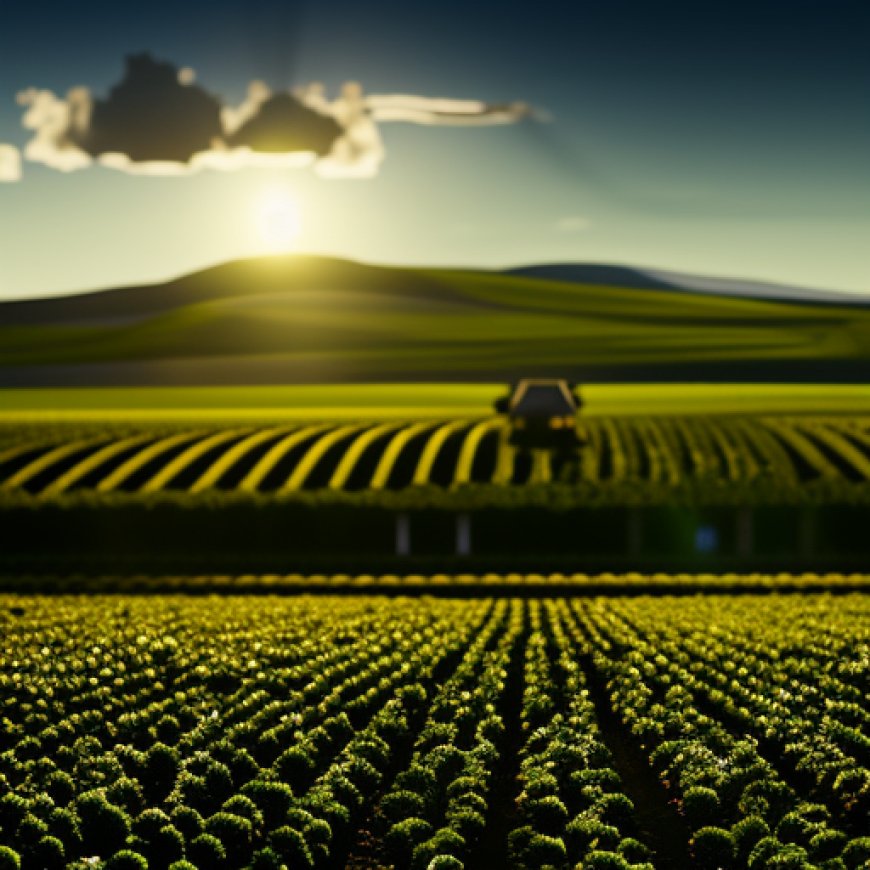Vogt farm’s new owner said land will remain agriculture


Former Vogt Farm Purchased by Patricia Reisdorfer
By Julie Buntjer
Introduction
Workers were cutting down and hauling away trees from the former Vogt Farm on the west shore of Lake Okabena Tuesday afternoon. The 16-plus acre farm was purchased by Patricia “Patty” Reisdorfer of Sioux Falls, South Dakota. The closing was finalized in early May.
Reisdorfer, reached via phone Tuesday afternoon, said the property will remain classified as agriculture, but would not elaborate beyond that.
Purchase Details
According to the Minnesota Department of Revenue, Reisdorfer purchased the property from the Walter Vogt Charitable Trust for $654,163. That equates to $40,058.98 per acre for the 16.33-acre parcel. Her children, Patrick Klotzbach and Leah Klotzbach are also listed as buyers, though Patricia said she purchased the land.
Julie Buntjer became editor of The Globe in July 2021, after working as a beat reporter at the Worthington newspaper since December 2003. She has a bachelor’s degree in agriculture journalism from South Dakota State University.
SDGs, Targets, and Indicators Analysis
1. Which SDGs are addressed or connected to the issues highlighted in the article?
- SDG 2: Zero Hunger
- SDG 15: Life on Land
The article mentions the sale of a former farm, indicating a connection to SDG 2, which focuses on ending hunger, achieving food security, improving nutrition, and promoting sustainable agriculture. The mention of workers cutting down and hauling away trees also relates to SDG 15, which aims to protect, restore, and promote sustainable use of terrestrial ecosystems.
2. What specific targets under those SDGs can be identified based on the article’s content?
- SDG 2.4: By 2030, ensure sustainable food production systems and implement resilient agricultural practices that increase productivity and production, that help maintain ecosystems, that strengthen capacity for adaptation to climate change, extreme weather, drought, flooding, and other disasters, and that progressively improve land and soil quality.
- SDG 15.1: By 2020, ensure the conservation, restoration, and sustainable use of terrestrial and inland freshwater ecosystems and their services, in particular forests, wetlands, mountains, and drylands, in line with obligations under international agreements.
The article’s mention of the property remaining classified as agriculture suggests a focus on sustainable food production systems and resilient agricultural practices (SDG 2.4). Additionally, the cutting down and hauling away of trees indicates a potential impact on terrestrial ecosystems and the need for their conservation and restoration (SDG 15.1).
3. Are there any indicators mentioned or implied in the article that can be used to measure progress towards the identified targets?
- Land and soil quality improvement measures
- Conservation and restoration efforts for terrestrial ecosystems
The article does not provide specific indicators, but it implies the need for measures to improve land and soil quality, which can be used to assess progress towards SDG 2.4. Additionally, the mention of cutting down and hauling away trees suggests the need for conservation and restoration efforts to protect terrestrial ecosystems, which can be used as indicators for SDG 15.1.
4. Table: SDGs, Targets, and Indicators
| SDGs | Targets | Indicators |
|---|---|---|
| SDG 2: Zero Hunger | 2.4: By 2030, ensure sustainable food production systems and implement resilient agricultural practices that increase productivity and production, that help maintain ecosystems, that strengthen capacity for adaptation to climate change, extreme weather, drought, flooding, and other disasters, and that progressively improve land and soil quality. | Measures to improve land and soil quality |
| SDG 15: Life on Land | 15.1: By 2020, ensure the conservation, restoration, and sustainable use of terrestrial and inland freshwater ecosystems and their services, in particular forests, wetlands, mountains, and drylands, in line with obligations under international agreements. | Conservation and restoration efforts for terrestrial ecosystems |
Source: dglobe.com









